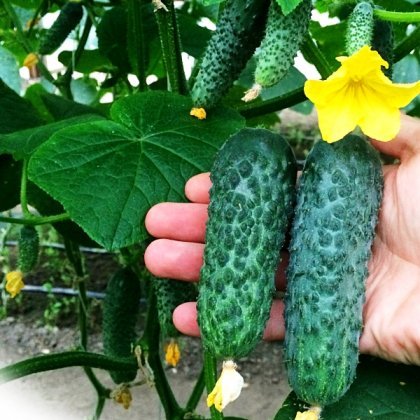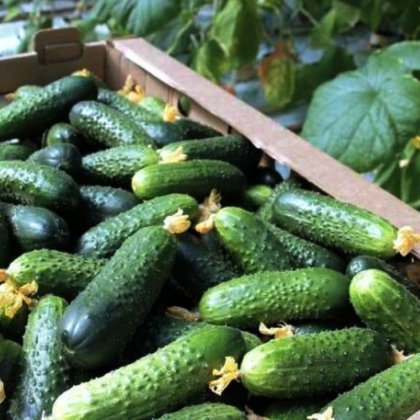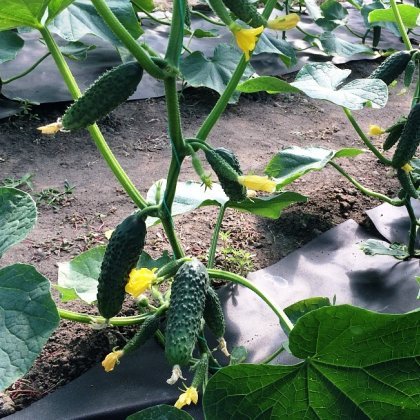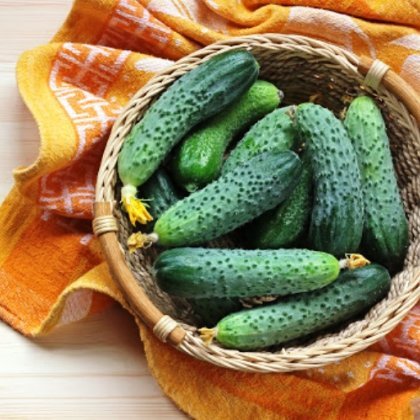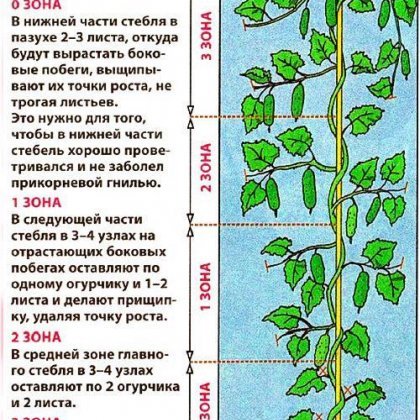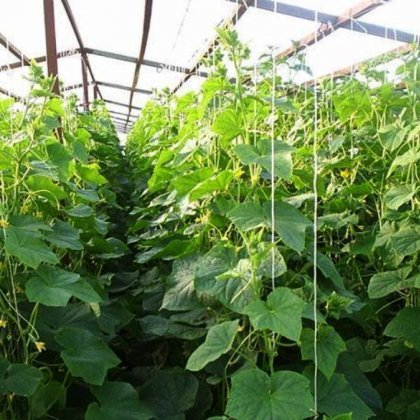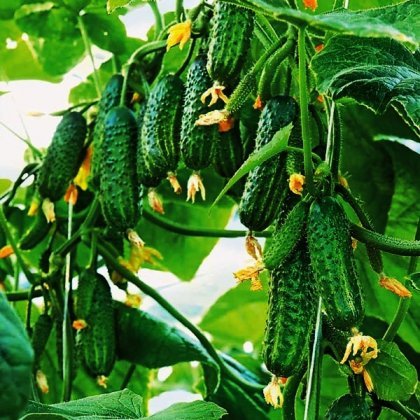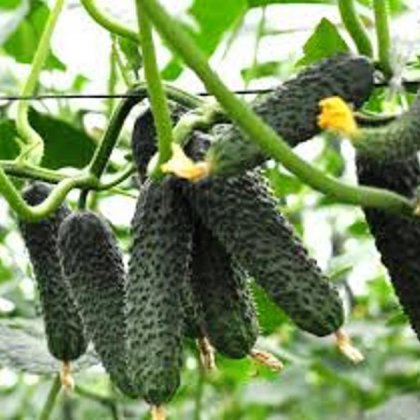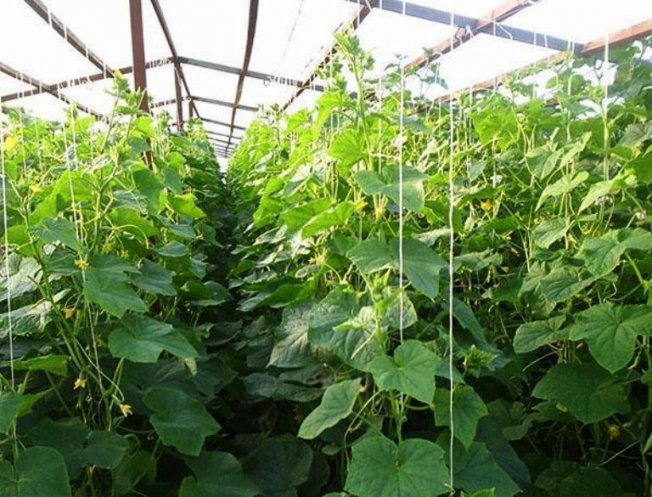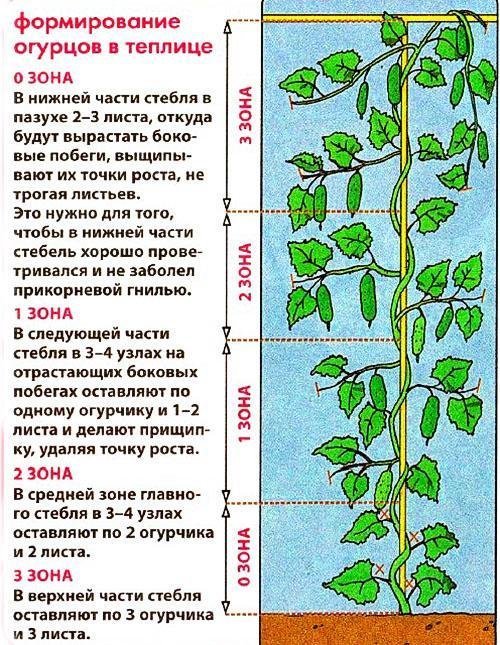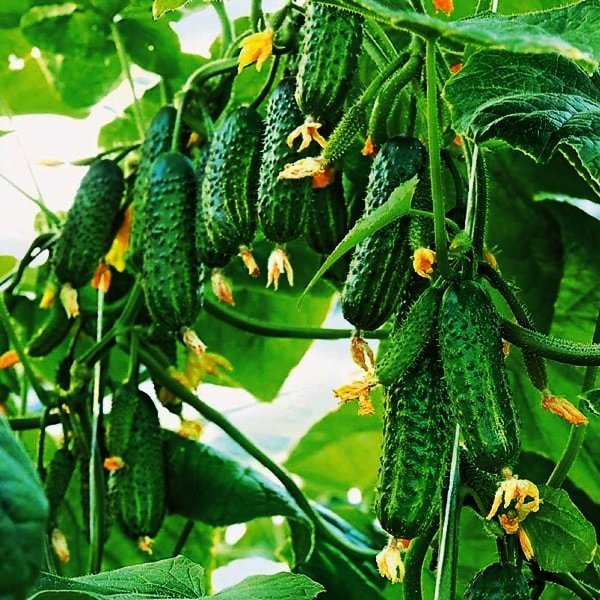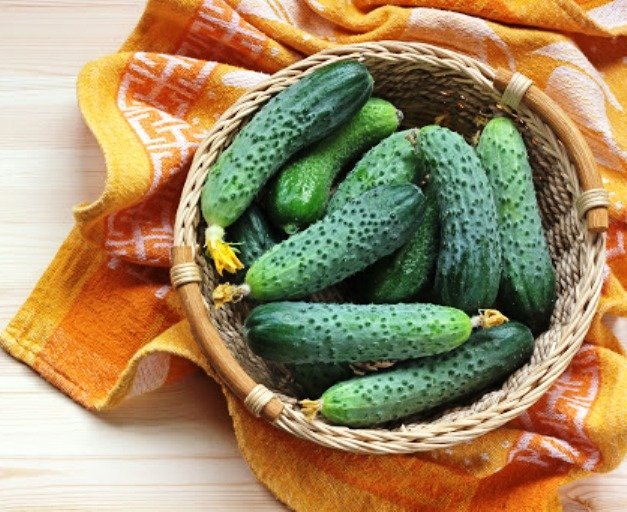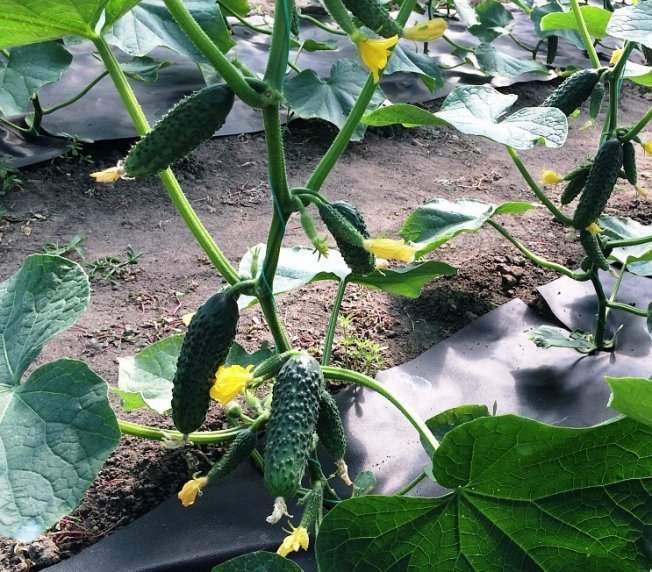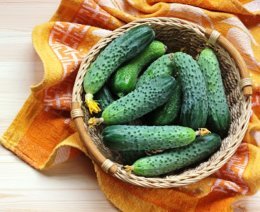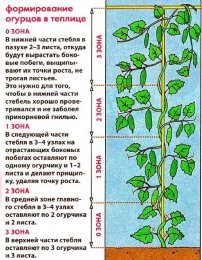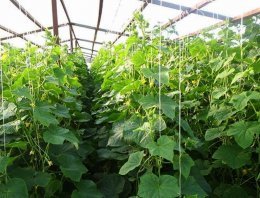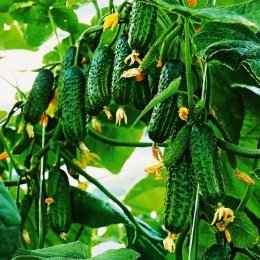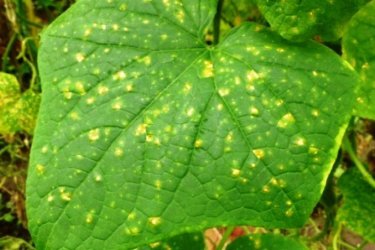Cucumber lyutoyar f1: variety description, reviews, photos, planting and care features

If you have not yet decided which cucumbers you will plant, we recommend that you pay attention to one of the varieties bred by breeders from Turkey, which is extremely resistant to diseases and weather changes. Let's look at the cucumber variety Lyutoyar F1: description, photos, reviews, learn about the features of its planting and care. We will also watch a video with recommendations that will help you get the maximum yield.
Content:
- Story
- Description of the hybrid
- Fruits and their taste, application
- Disease resistance
- How to plant and grow
- Fruiting, what determines yield
- Reviews from those who grew Lyutoyar F1
History of the variety
The Lyutoyar hybrid was bred in Antalya (Turkey) and entered into the State Register of Belarus and Russia in 2016. The variety is universal and highly productive. It is popular among small farmers and private farm owners; it is readily grown in greenhouses and gardens.
Vegetable growers are attracted by the possibility of obtaining two harvests in one season, i.e. Possibility of spring and summer sowing. Even sown in spring, plants bear fruit for a long period, often until the beginning of autumn.
Lutoyar is a hybrid that has fully retained all the advantages of its predecessors and has taken pride of place among popular cucumbers such as Janissary f1, Capricorn F1.
Description of the hybrid
Cucumber lyutoyar f1, description, reviews and photos of which we are considering.It is parthenocarpic and does not require pollination by bees, which is important when grown in greenhouses. In greens of this variety, seed development practically does not occur; they look very attractive.
Almost every ovary forms a green plant; a powerful plant can ensure the normal simultaneous development of 15-20 fruits. Timely harvesting of fruits and properly organized storage allow them to withstand long-distance transportation.
Lyutoyar F1 is an indeterminate plant; the bushes are powerful, with medium branching and short internodes. In each leaf axil, semi-bouquet ovaries are formed, 3 or 4, flowers of the female type. The bulk of the fruits are formed on the central stem; pinching the side shoots reduces the load on the bushes.
It should be borne in mind that heterotic hybrids, which can be distinguished by the presence of F1 in the name, show their best qualities in the first generation. Those. There is no point in collecting seeds from your own harvest; you will have to buy them annually.
Lyutoyar is resistant to stress that causes sudden changes in temperature, it does not shed its ovaries and bears fruit even if it is + 50 C outside. With a seasonal decrease in temperature (August - early September), fruiting also continues.
When planting, you should take into account the dimensions of the plants; there should be no more than 2-3 bushes per 1 meter of trellis.
How to plant and grow
You can get the desired harvest only by mastering the technique of forming a bush. Timely pinching allows you to increase the period of fruiting, ensures the rapid formation of new ovaries.
The growing method can be used horizontally and on trellises, but planting more than three plants per 1 square meter is not recommended in either case.
Let's watch an interesting video about Lyutoyar cucumbers:
Fruiting, what determines yield
Lyutoyar begins to bear fruit approximately 40-45 days after germination. An early-ripening hybrid, sown in summer, produces its first fruits even faster, the period for the appearance of the first greens is reduced to 32-35 days.
From one square meter of bed you can harvest from 12 to 15 kg of cucumbers, the yield from one bush can reach 7 kg. But these indicators, according to agronomists, are average.
The following will help to significantly increase plant productivity:
- correct and timely pinching, competent formation of bushes;
- good organization of irrigation;
- application of complex fertilizers;
- disease prevention;
- pest control.
The beginning of harvesting greens depends on compliance with plant growing technology; it is also influenced by weather factors. Cucumbers planted in early spring may experience a lack of lighting; without lighting, in this case, the start of fruiting will shift and will range from 50 to 60 days. When planting in summer and spring, plants do not suffer from lack of light.
The yield of the harvest occurs actively and amicably. Under good weather conditions, stable yield is observed throughout the summer.
Let's watch a video about the yield of the hybrid:
Description of the fruit, taste, application
The cucumbers of the hybrid Lyutoyar F1 are gherkin-type, the weight of the cucumber reaches 125 g, the length is from 10 to 12 cm. The shape of the fruit is beautiful, cylindrical, the color at technical maturity is rich green. The color of the fruit can be influenced by the quantity and quality of fertilizing. There are pronounced tubercles on the surface of greens.
The taste qualities of Lyutoyar cucumbers are quite high:
- the pulp is juicy, has a pronounced aroma, a pleasant shade;
- seeds are practically absent;
- the fruits are not prone to the formation of voids, for this they are highly valued by chefs.
Not only fresh cucumbers, but also pickled and pickled cucumbers have high taste qualities.
Disease resistance
To some extent, the Lyutoyar F1 variety owes its popularity to its good resistance to common diseases that affect plants grown in greenhouses and open beds.
Those who have been growing the hybrid for several years confirm that it actually practically does not suffer from diseases characteristic of cucumbers. This is especially important for vegetable growers living in areas where summers are cool and rainfall is frequent.
Lyutoyar is not prone to fungal infections:
- Downy and True powdery mildew;
- Downy mildew;
- White rot (Sclerotinia).
It practically does not suffer from bacterial damage and Gray rot. Cucumber mosaic, which is viral in nature, is also not dangerous for him.
We looked at the Lyutoyar f1 cucumber, its description, looked at photos of bushes and fruits, learned how to plant and care, now it’s time to study the reviews. They will help to find out the opinion of those who have been growing Lyutoyar for many years.
Reviews from those who grew Lyutoyar F1
Reviews about the hybrid are very common, because... many summer residents have been planting it for several years. For those who are planning to buy seeds, it will be useful to familiarize yourself with some.
Ivanna, Malakhovka
We planted Lyutoyar for the first time on the advice of a neighbor at the dacha, who “treated” us to the seeds. The harvest was good, partly due to good weather. They watered occasionally, fed the bushes three times a season, and it turned out that this was enough.The bushes were strong, ten cucumbers were removed every other day. In the summer they ate lightly salted and preserved them in jars for the winter. The next year we bought the seeds ourselves and planted a third of the cucumber bed with this variety. We used the seedling method of planting, growing them on trellises, which is more convenient.
Anna Ivanovna, Odessa region
I sow Lyutoyar F1 in the ground, my beds are mulched, and I tie the cucumbers on trellises. The harvest is not bad, there is a lot of greenery, the taste is excellent, without bitterness. It’s good that there is no emptiness in the cucumbers; I covered them in a marinade with dill, red pepper and horseradish leaves, not a single jar swelled. The canned cucumber is crispy and sells with a bang.
Tamara Afanasyevna, Astrakhan
I liked the Lyutoyar F1 hybrid in terms of yield. Although I can’t say that the variety doesn’t require attention. Pinching is necessary; an incorrectly formed bush does not bear fruit as actively. Well, we had to feed it, we bought complex fertilizers, and made one feed with herbal infusion. The cucumber bed was completely covered with straw, this allowed for savings on watering; in hot weather, the soil under the straw does not heat up as much, and the plants suffer less from the heat. We harvested greens every day, since we lived in the country all summer. This self-pollinating hybrid produces great-tasting fruit and our family approves. We recommend for cultivation. And although you will have to work hard, in any case, without good care, not a single variety will bear fruit well.

